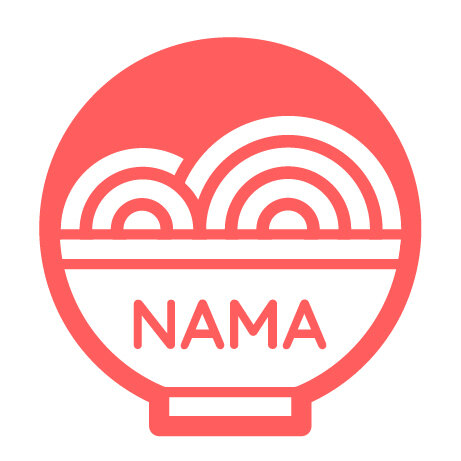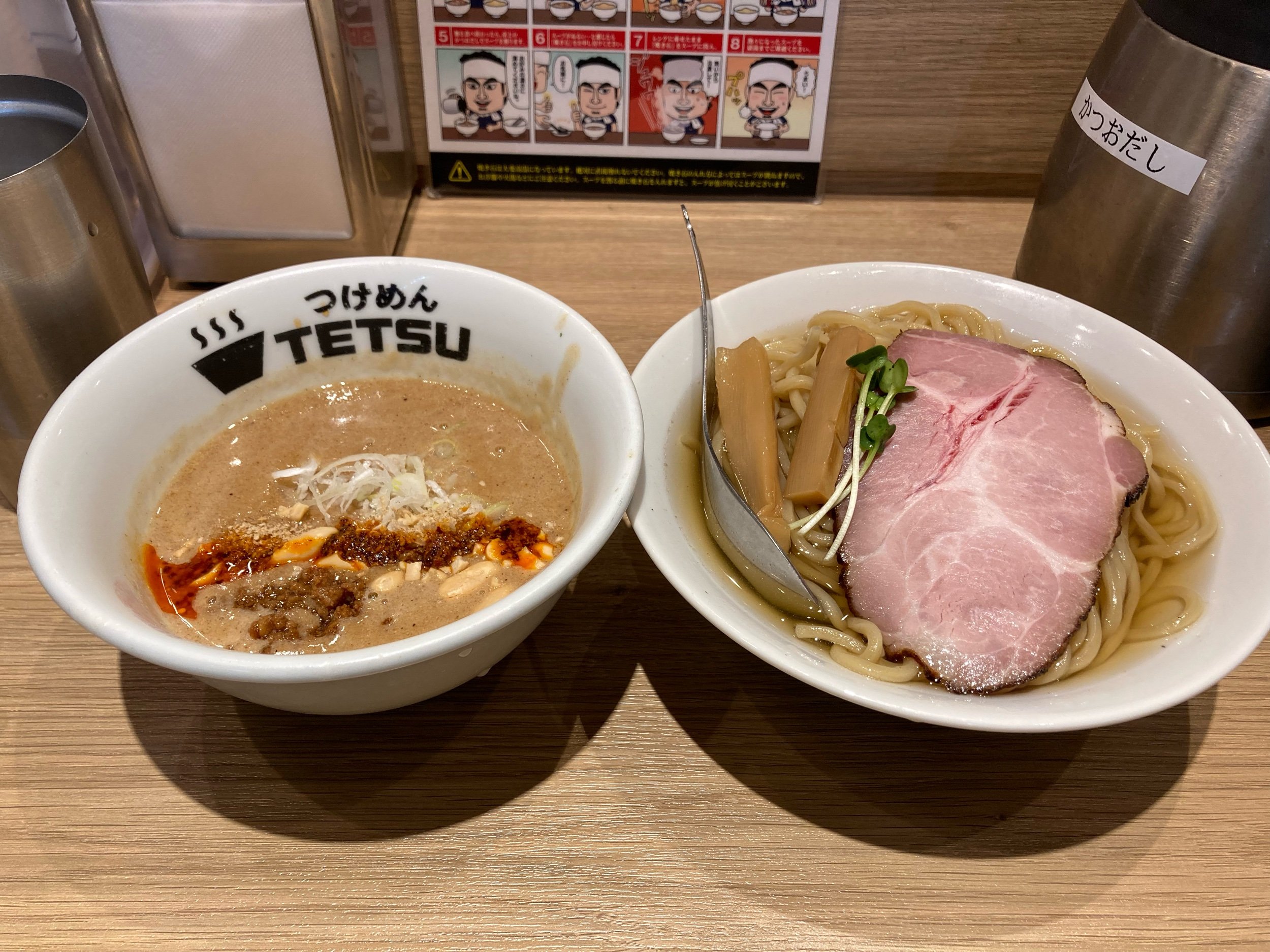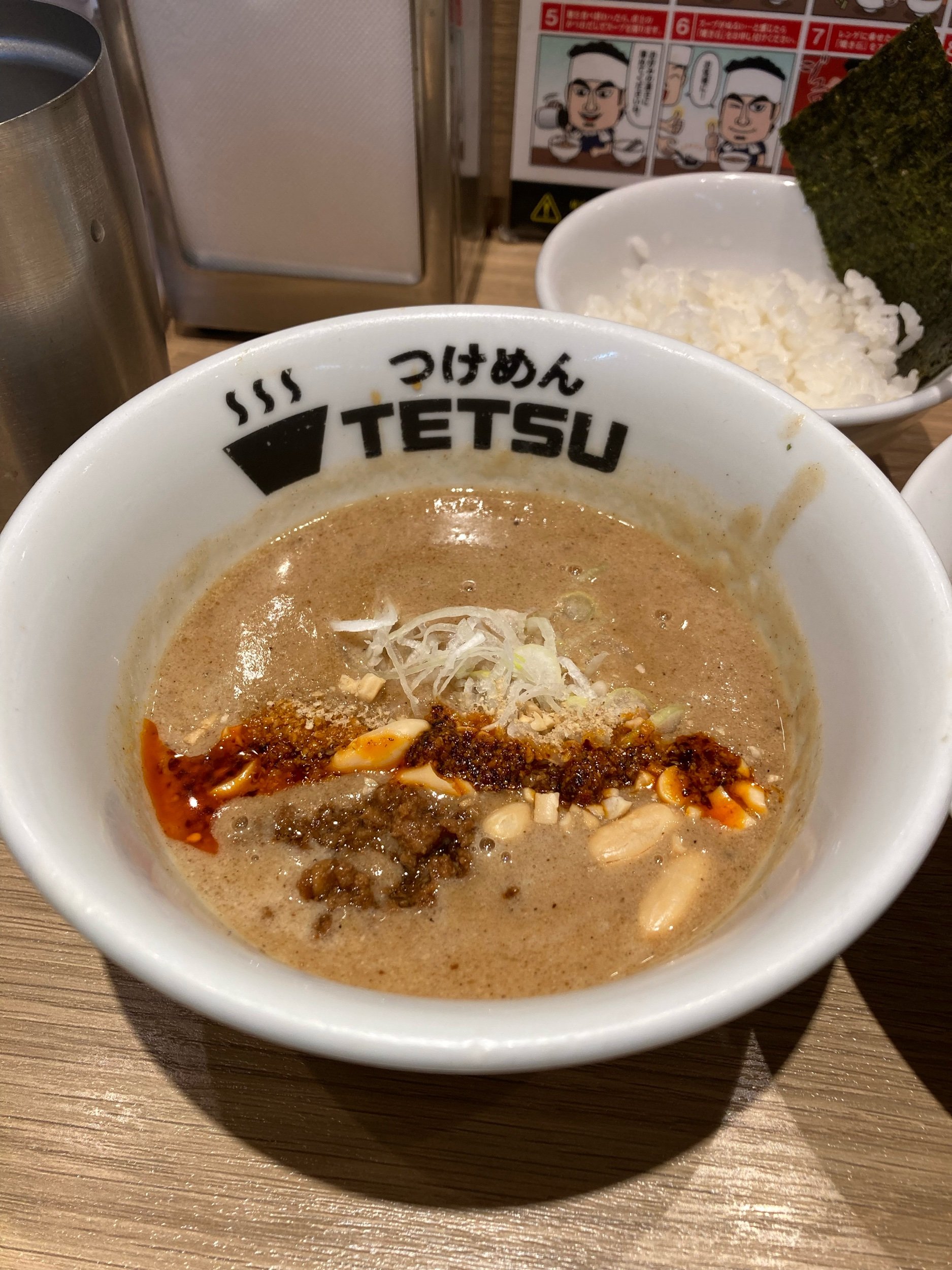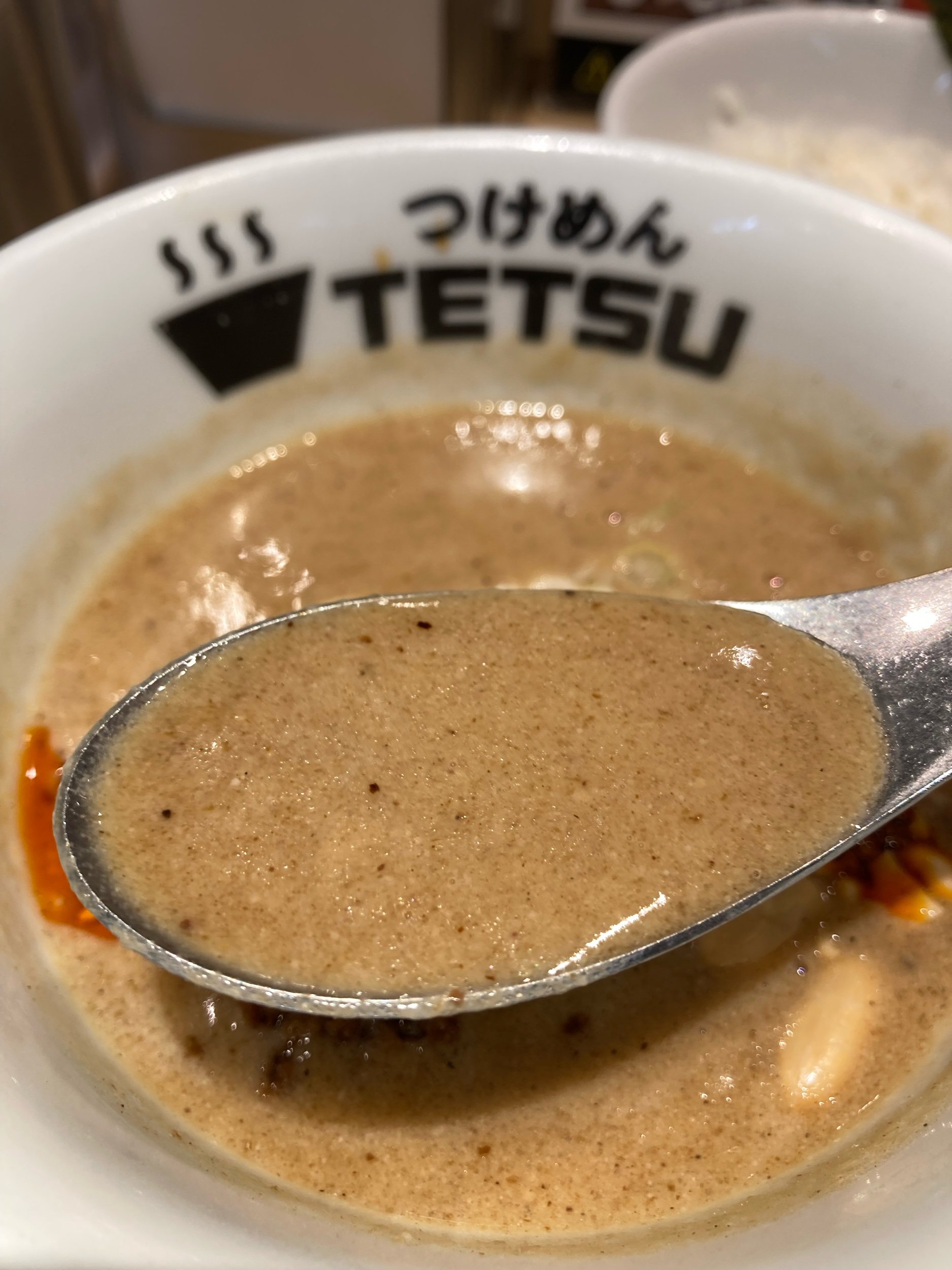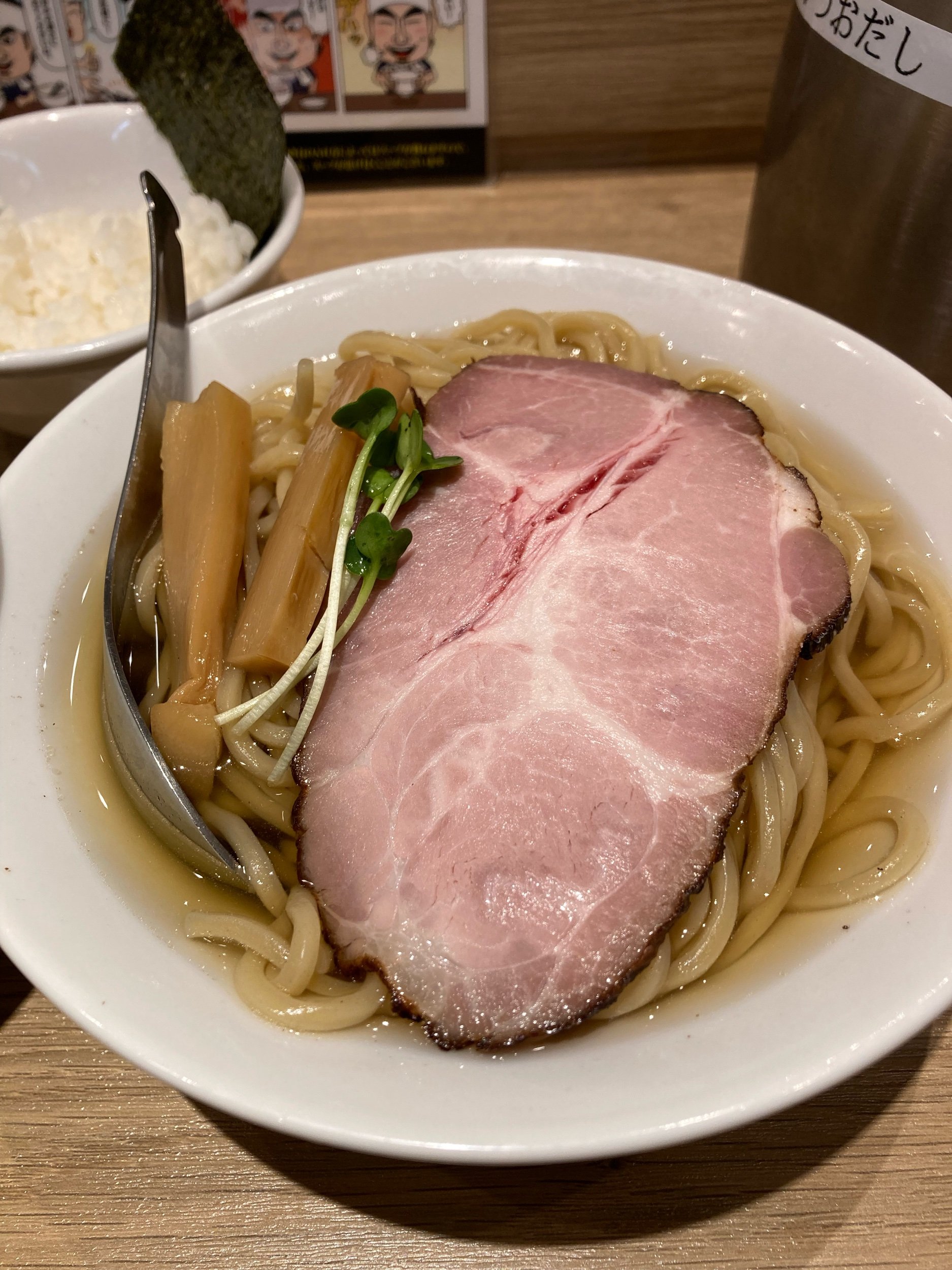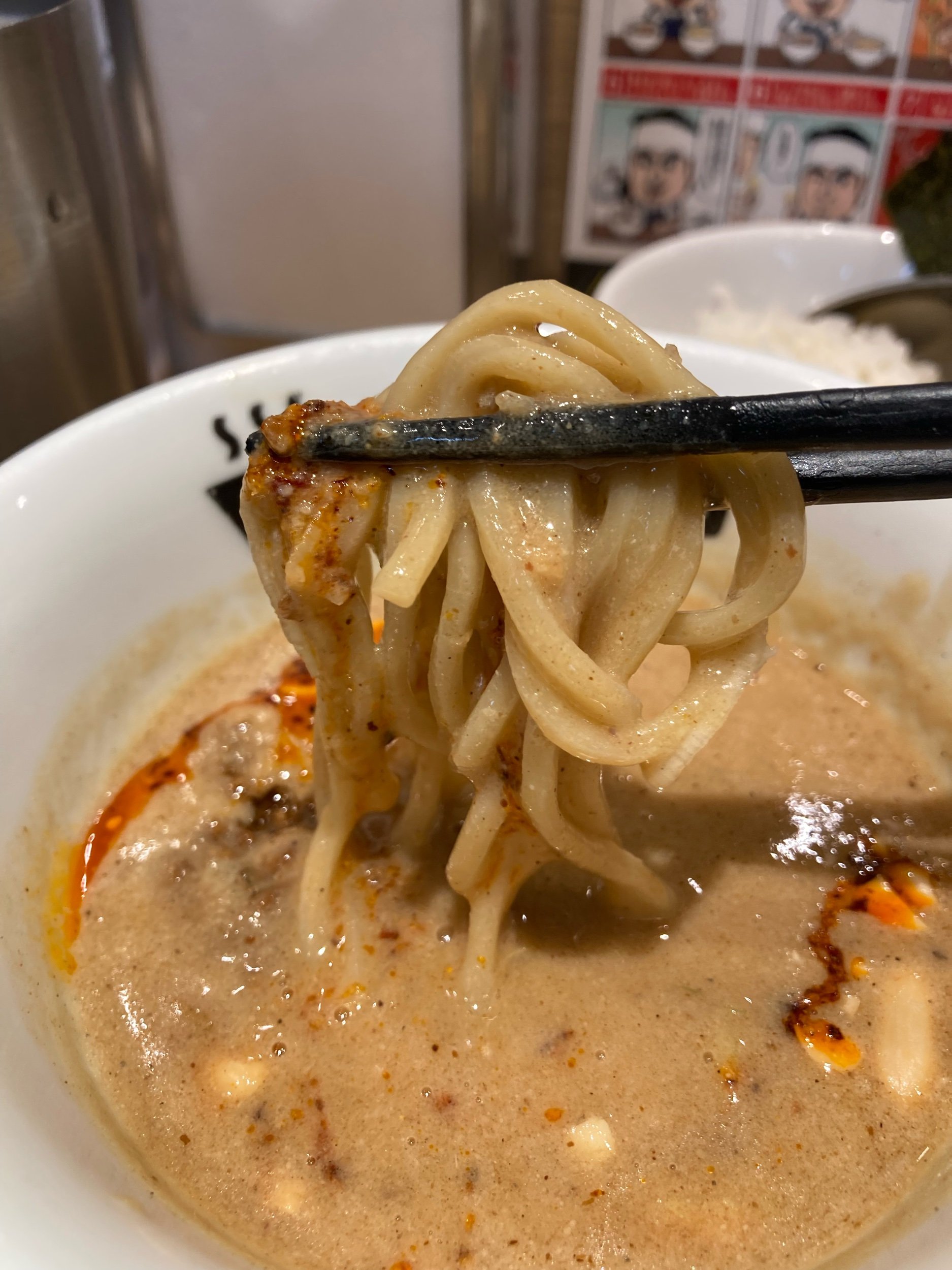Tsukemen Tetsu / つけめんTETSU - Shinjuku
With currently 24 shops all over Japan, Tsukemen Tetsu is one of the biggest tsukemen style ramen chains in Japan. Tetsu started as a humble tsukemen shop in 2005 in Sendagi and has since then expanded in Tokyo and the surrounding prefectures, with single shops in Nagoya and Osaka.
Tetsu has been one of those chains that was riding the rise of popularity of rich tsukemen quite hard and has contributed to spreading the love for tsukemen themselves into many corners of Kanto.
For people who don’t know about the term tsukemen: Tsukemen is a dipping style ramen, which means soup and noodles are served separately. At most shops, the tsukemen noodles are shocked in cold water after boiling, to improve the texture of the noodles. They are then served either cold on the side of hot soup or, recently quite popular, as “atsumori” in a hot dashi. There is also kombusui tsukemen, where the noodlesa are served in cold kombusui, which literally means kombu water. At Tetsu, you will be served regular cold tsukemen noodles or atsumori in hot katsuodashi.
Another thing that has made Tsukemen Tetsu famous is their offered “yakiishi” (焼き石), which literally means heated stone. If you feel like your soup has cooled down to much by dipping cold noodles into it, you can order an incredibly hot stone which is then dropped into your dipping soup. Visually pleasing to see the sizzle around the stone and it definitely brings your lukewarm soup back to life.
The menu at Tsukemen Tetsu is quite expansive with tons of variants of tsukemen soups on offer. The list includes:
Pork, chicken and niboshi base soup tsukemen, which is their classic and most famous ramen item.
Chicken and seafood soup tsukemen, for a more mild and less punchy slurping experience.
Miso soup tsukemen, which combines the pork, chicken and niboshi broth with a strong and fragrant miso tare.
Tantan tsukemen, which uses the pork, chicken and niboshi broth together with a sweet and spicy tantan style miso, that also includes some minced meat.
All tsukemen are available in the sizes “namimori” (並盛), “chuumori” (中盛) and “tokumori” (特盛). Be aware that both chuumori and tokumori are absolutely massive and you should really know what you are doing, if you order those. I would argue, for +90% of the customers, the namimori is absolutely sufficient.
They also have a “regular” non-dipping ramen as “Chukasoba” on the menu, but getting that would be like going to McDonalds for a salad.
Beyond the noodles, there are a large number of additional toppings and side menu items available.
As for toppings, you can add ajitama ramen eggs, pork chashu slices, negi green onion, mixed veggies, menma bamboo shoots, a spicy sauce or a “tokusei” mix of toppings, which includes menma, chashu and an ajitama.
On the side dish menu you will find steamed gyoza dumplings as well as chashu rice bowls and plain white rice.
When I went, I got their Tantan Tsukemen, which is not their most popular or famous item, but that’s what I felt like at the time. The tantan dipping soup is topped with a bit of fried minced meat, some rayu chili oil, some spices, grated sesame, some peanuts and a few slices of green onion.
I did not go with any extra toppings, so I only got 2 slices of menma and one big but thin slice of chashu. I also got some rice on the side, which is apparently free during lunch.
You can see the pork/chicken/niboshi broth is all blended up with a mix of ground sesame and miso, which gives it a very chick consisteny, but also a certain graininess from the niboshi, as well as the sesame.
Flavor-wise, it is quite rich and the niboshi can definitely be noticed in the background. However I personally maintain that it is pretty hard to fuck up tantanmen in the first place. It’s nothing special, but it’s also not bad at all.
The noodles are square cut and quite slurpy. Due to me ordering atsumori, they did not have a super strong bite to them, but enough to not make me feel like I am eating too soft noodles. They do have a certain factory-made feel to them though, but were alright overall.
Chashu was a thin slice of relatively lean pork. I am pretty bad at identifying pork cuts, but I am guessing pork shoulder. It has a quite strong seasoning on the rim that does not penetrate deep, but is almost overpowering, since the meat is so thin. For me personally, it had an almost chemical bbq feel to it. I definitely would not want to get more chashu than this one.
The other topping, the menma, on the other hand, had almost no seasoning to it and was quite bland. However they did have a nice crunch, so maybe the bland menma is adjusted to the quite rich ramen soups.
Adding rice at the end of the meal is one of two options for finishing your soup. I personally just drop the rice into the soup bowl, so I am not wasting anything. Other people prefer to ladle out some soup onto the rice, you do you.
The other option is to use the katsuodashi, a broth made with katsuobushi shavings, that is offered in insulated jugs on the counter. Be aware that the dashi is very likely piping hot. My recommendation is to add it in a way so that the ratio is 2/3 remaining soup and 1/3 dashi, so you are not watering it down too much. The idea behind this so called “soup wari” method is to thin out the tsukemen soup somewhat to make it drinkable and to give it a but of a flavor change with the dashi. But again, you do you, because you can also just ladle it out and drink the remaining soup as it is.
Overall, I probably would not recommend Tetsu for ramen heads out there. It’s a very popular option for busy people, as they are often in very convenient locations in and around busy train stations or malls. I don’t think Tetsu has anything to offer that you cannot get better in many of the great tsukemen shops all over Tokyo. However, if you ever find yourself super hungry and you walk past one, you are not making a huge mistake by eating here. It is good food, just not very good ramen compared to others.
